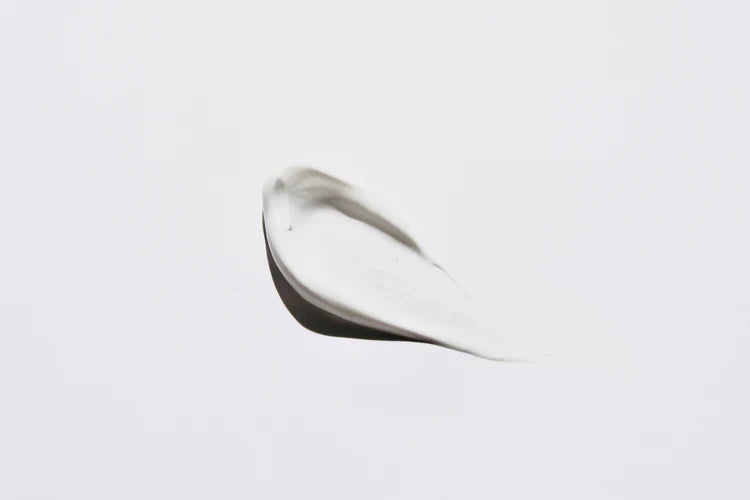Topical Steroid Withdrawal: Everything You Need to Know
•Posted on April 20 2025

Topical steroids are one of the most effective treatments we have for skin conditions. Topical steroids are commonly prescribed to treat inflammatory skin conditions such as eczema and psoriasis. When used correctly they are one of the safest treatments available.
Topical steroid withdrawal is a RARE skin reaction that can occur after prolonged use of topical steroids. It is also known as ‘red skin syndrome’. If topical steroids are used correctly, as prescribed by your Dermatologist, this is unlikely to happen.
This article explains the causes, symptoms and management strategies for topical steroid withdrawal.
What are the symptoms of topical steroid withdrawal?
The symptoms of topical steroid withdrawal can vary in severity, but generally include:
- intense redness
- burning sensations
- extreme dryness
- skin peeling or flaking
- severe itching
- Skin sensitivity:
Typically, the features of the rash that was originally treated changes.
The skin may feel hot to the touch, akin to a severe sunburn, and remain sensitive for some time after the topical steroid is stopped.
What causes topical steroid withdrawal?
The exact cause of topical steroid withdrawal and who is most likely to develop this condition is not yet known.
Topical steroid withdrawal is thought to occur when the skin becomes dependent on topical corticosteroids. These medications work by suppressing inflammation, but when used over an extended period, the body can develop tolerance. The body produces its own natural steroids in the skin, which it can forget to do if topical steroids are used for a long time. Topical steroids also cause blood vessels to constrict (tighten).
After prolonged use, when topical steroids are suddenly discontinued, the skin reacts. The blood vessels dilate (open), causing redness, and there is increased inflammation.
The condition isn’t limited to areas where topical corticosteroids were applied. In some cases, the reaction can spread to areas that never received corticosteroid treatment. Research suggests this happens due to systemic absorption of the medication, which disrupts the body’s ability to regulate inflammation, causing flare-ups even in untreated areas.
However, not everyone who uses topical corticosteroids will experience withdrawal. The risk appears to be higher in people who have used high-potency corticosteroids and used them for long durations (typically a year without breaks).
How is topical steroid withdrawal treated?
The first and most important step is to get a proper diagnosis. There are lots of other conditions that are incorrectly blamed on topical steroids. For example:
- Worsening atopic eczema
- Contact eczema developing (eg due to one of the ingredients in a cream)
- Acne or rosacea secondary to topical steroids
- Rarer causes such as cutaneous t cell lymphoma
You should see you Dermatologist to confirm if this is topical steroid withdrawal or something else.
You should only discontinue topical steroids under medical supervision, as other treatments for your skin condition may be needed. Some doctors recommend a gradual tapering process under medical supervision to help reduce the severity of withdrawal symptoms.
Other treatments for you skin condition are essential. For example swapping a topical steroid for treatments such as phototherapy or a topical calcineurin inhibitor are often used in atopic eczema.
Keeping the skin moisturised with gentle, fragrance-free emollients can help reduce dryness and irritation. Cold compresses or wet wraps may also provide temporary relief from burning sensations.
Making lifestyle modifications, such as wearing loose, breathable clothing and avoiding harsh soaps, perfumes and other irritants, can help prevent further aggravation. In severe cases, antihistamines can help alleviate itching, pain medication can help ease discomfort.
Psychological support is also essential, as the emotional impact of topical steroid withdrawal can be significant. Many people experiencing withdrawal struggle with anxiety, depression and insomnia due to the discomfort and appearance of the skin. Support groups and therapy can help.
How long does it typically take for the skin to recover from topical steroid withdrawal?
There is a lot of variation in people’s response to topical steroid withdrawal. Unfortunately, for some people, the recovery process can be lengthy and last for several months. Others may recover in only a few days.
For most people, the initial phase is often the most difficult, as the body adjusts to the absence of corticosteroids. During this time, flare-ups can be intense, with periods of worsening symptoms followed by gradual improvement. Over time, as the skin begins to restore its natural function, redness and inflammation will gradually subside.
How can topical steroid withdrawal be prevented:
Topical steroids are safe if used properly. Consult your Dermatologist or GP to make sure you’re using the correct strength topical steroid for the right part of your body, for the right amount of time. Aim to take treatment breaks from topical steroids but everyone is different so be guided by your healthcare professional.